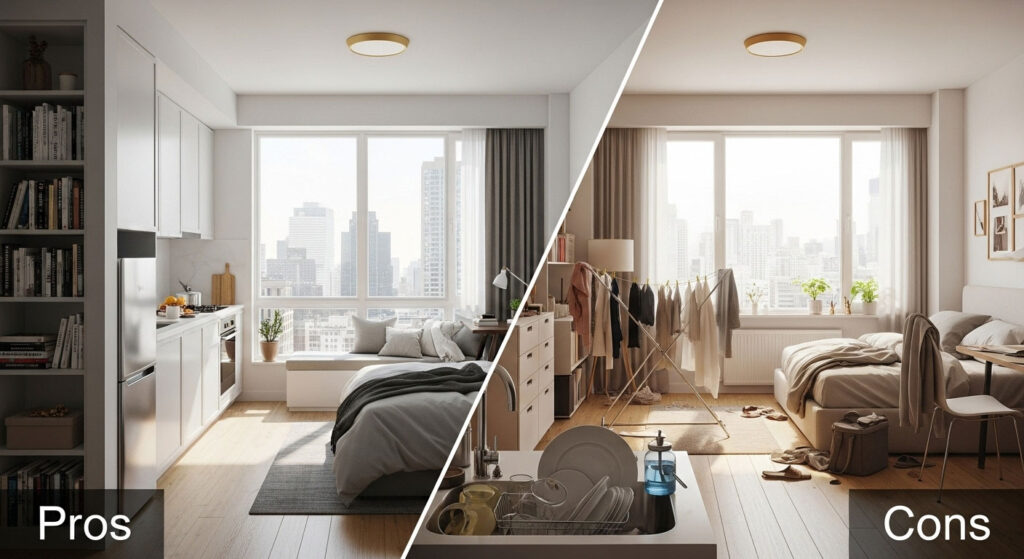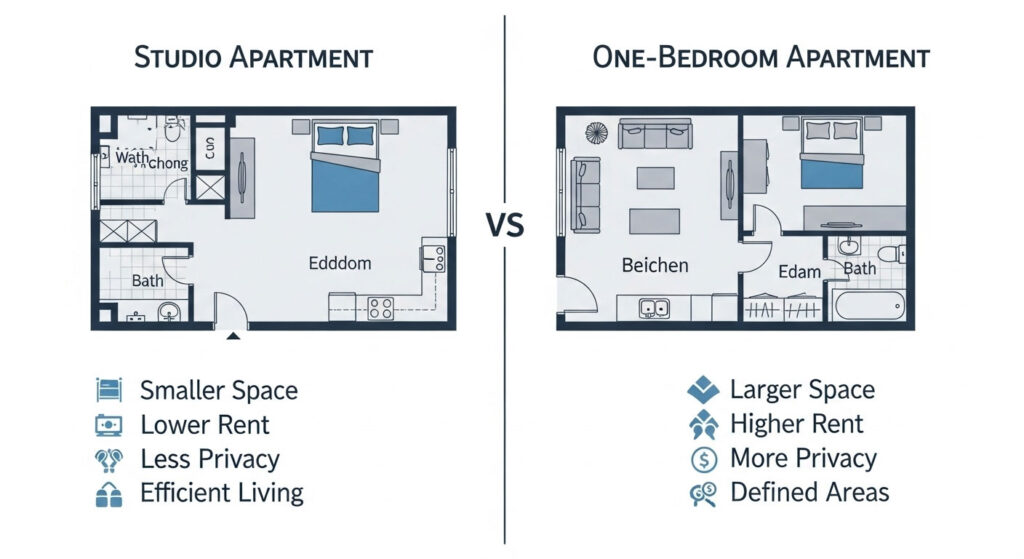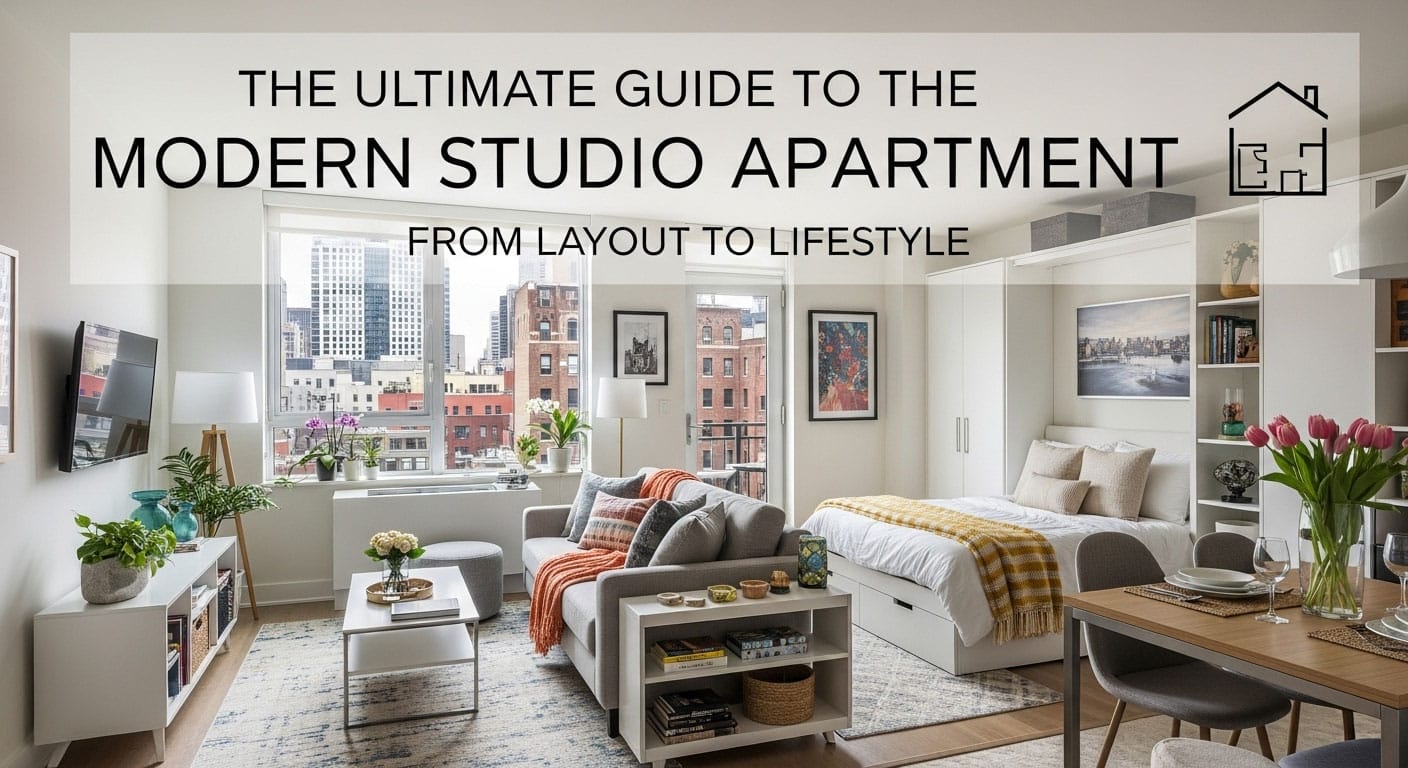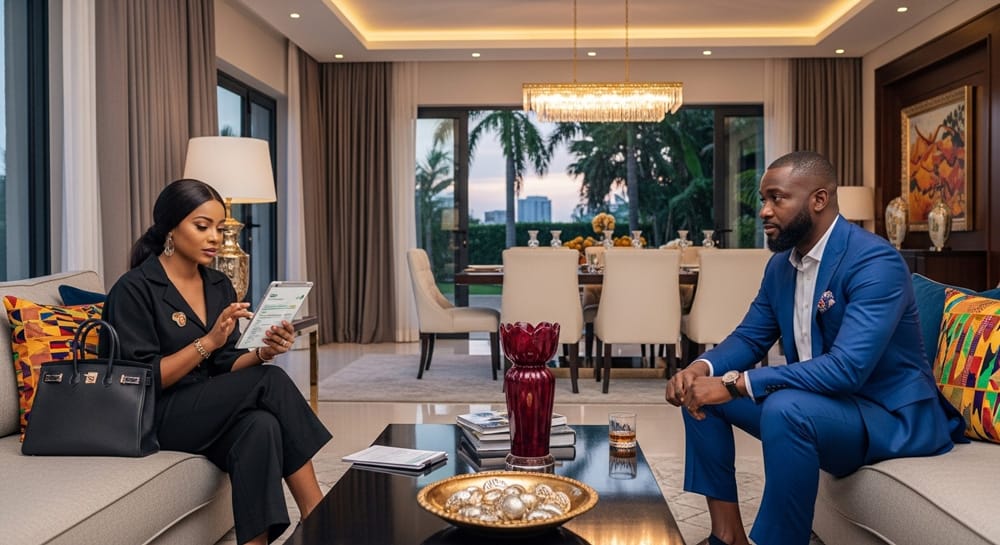Whether you’re a business man, a student, a young professional, or a minimalist at heart, the studio apartment offers a unique blend of affordability, convenience, and urban accessibility. These compact, open-plan living spaces are more than just a single room; they are a lifestyle choice. This comprehensive guide will walk you through everything you need to know, from understanding the core concept and its variations to mastering the art of maximizing a small footprint.
What Exactly Is a Studio Apartment?
A studio apartment is a self-contained residential unit where the main living, sleeping, and cooking areas are combined into a single, large room. The only space that is consistently separate is the bathroom. This open-concept design is the defining feature, designed to make the most of a smaller square footage. It’s important to understand how a studio differs from other similar compact living arrangements:
- Efficiency Apartment: Often used interchangeably with “studio,” an efficiency is typically smaller and may feature a more basic kitchenette instead of a full kitchen.
- Alcove Studio: This popular layout has an L-shaped floor plan, which creates a small nook or “alcove” perfect for a bed, offering a bit more visual separation than a standard rectangular studio.
- Micro-Apartment: A newer trend in dense urban areas, these are exceptionally small units (sometimes under 300 sq. ft.) that rely on hyper-efficient design and built-in multifunctional furniture.
- Loft Apartment: While also open-plan, lofts are typically found in converted industrial buildings and are characterized by high ceilings, large windows, and industrial elements like exposed brick. They can be much larger than a typical studio.
The Pros and Cons of Studio Living
Choosing a compact living space involves weighing its distinct advantages against its inherent challenges. Here’s a balanced look to help you decide if it’s the right fit for you.

Advantages
- Affordability: Studios generally have lower rent and utility bills compared to one-bedroom apartments in the same area.
- Prime Locations: They often make it possible to live in desirable, central, and otherwise expensive neighborhoods.
- Easy Maintenance: Less space means significantly less time and effort spent on cleaning and upkeep.
- Minimalist Lifestyle: The limited space encourages a more intentional and clutter-free approach to possessions.
Challenges
- Limited Space: Storage can be a major challenge, requiring creative solutions to avoid a cramped feeling.
- Lack of Privacy: With no walls separating living and sleeping areas, hosting guests or living with a partner can be difficult.
- Multi-Use Complications: Cooking smells can easily permeate the entire space, and creating a mental separation between work and relaxation can be hard if you work from home.
Studio vs. One-Bedroom: A Head-to-Head Comparison

For many renters, the final choice comes down to a studio versus a one-bedroom apartment. The key difference is simple: a one-bedroom has a permanent wall and a door separating the bedroom from the living area. This single feature impacts cost, privacy, and lifestyle. This table breaks down the key considerations:
| Feature | Studio Apartment | One-Bedroom Apartment |
|---|---|---|
| Cost | Lower monthly rent and utility bills due to smaller size. | Higher rent and utilities for more square footage and separate rooms. |
| Space | Typically smaller (300-600 sq. ft.), with a single open-plan layout. | Typically larger (600-900 sq. ft.), with a defined, separate bedroom. |
| Privacy | Minimal privacy, as the sleeping area is part of the main living space. | High level of privacy thanks to a separate bedroom with a closing door. |
| Lifestyle | Ideal for singles, students, and those who prioritize location and lower costs over space. | Better for couples, professionals needing a home office, and those who entertain often. |
The Definitive Guide to Maximizing Your Studio Space
Living well in a studio is all about smart design. The goal is to make a small space feel both functional and expansive. Here are proven strategies to optimize your layout.
1. Create Distinct “Zones”
Create the illusion of separate rooms using visual cues. This technique, known as zoning, helps delineate different areas for living, sleeping, and dining.
- Area Rugs: Place a large rug under your sofa and coffee table to clearly define the “living room.”
- Room Dividers: Use open-backed bookshelves, folding screens, or even ceiling-mounted curtains to create a physical and visual separation, especially for the bed area.
- Furniture Placement: Position your sofa with its back to your bed to create a natural partition between the sleeping and living zones.
2. Choose Smart, Multi-Functional Furniture
In a small space, every piece of furniture must work hard. Prioritize items that serve more than one purpose.
- Sofa Beds or Murphy Beds: These transform your living area into a bedroom, freeing up valuable floor space during the day.
- Storage Ottomans: They can function as a footrest, extra seating, and a hidden place to store blankets or magazines.
- Go Vertical: Use tall, narrow bookshelves and wall-mounted floating shelves to draw the eye upward and keep floors clear.
3. Use Design Illusions to Create Space
Clever decorating tricks can manipulate how space is perceived, making your studio feel larger than it is.
- Light & Neutral Colors: Paint walls in light colors like white, cream, or soft gray. These shades are highly reflective and make a room feel brighter and more airy.
- Mirrors are Magic: A large, well-placed mirror can visually double the size of an area by reflecting light and the room itself.
- “Leggy” Furniture: Choose sofas, chairs, and tables with visible legs. This lifts furniture off the floor, creating an uninterrupted sightline that makes the space feel more open.
The Local Angle: The Studio in Accra, Ghana
While the principles of studio living are universal, local markets have unique terminologies and challenges. In Ghana, what an expat calls a “studio,” a local may call a “single room self-contain.” This term refers to a single room with its own private (“self-contained”) bathroom and kitchenette, making it the direct equivalent of a modern studio. Understanding this is key to any apartment search in Accra.
Renters in Accra should also be aware of the “rent advance” system. While Ghanaian law limits advance payments to six months, the market reality is that landlords often demand one to two years’ rent upfront. This is a critical financial consideration to budget for when searching for a home in popular neighborhoods like Osu, East Legon, or Cantonments.











